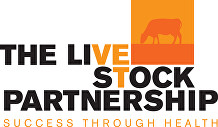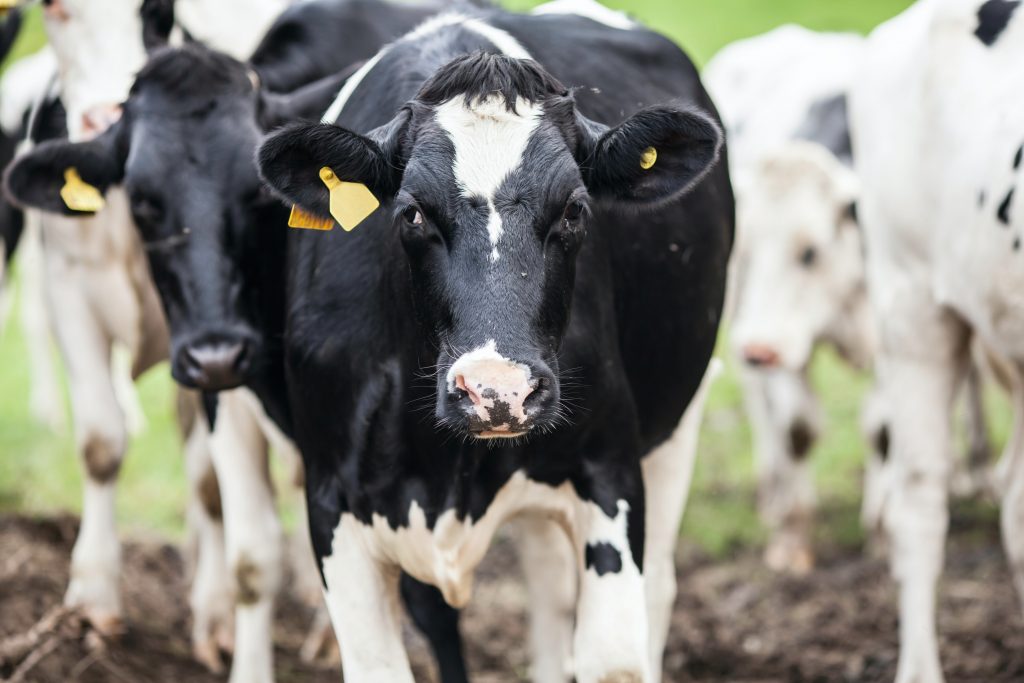Elanco recently ran a webinar showcasing recent work on ketosis in Spring calving herds. The message was about ‘SOFT’ cows being at high risk of ketosis— sick, old, fat and twin bearing. It is known ketosis has major consequences in terms of production, health and fertility in cows. Many major diseases are at increased risk with ketosis and early culling.
There are several risk factors that make animals at high risk of developing ketosis, including those in the SOFT (sick, old, fat and twin bearing) cow categories. Other risk factors include those shown below.
● Lactation number 1 and 3+
● High body condition score/ BCS (over or equal to 3.5) in dry period
● Loss of BCS in dry period
● Long dry period (over 2 months duration)
● Twinning 12
● History of energy related disease
● Milk fat protein ratio over 1.5 in previous lactation
● First calving over 27 months
● Decreased dry matter intake pre calving
These animals can be targeted with a Kexxtone™ bolus 3-4 weeks pre-calving to reduce the incidence of ketosis by 74%, whilst the underlying cause is being addressed.
Reduction in dry matter intake pre calving increases the risk of ketosis, this could be caused to a multitude of factors, e.g. lameness, sickness, overcrowding, social grouping, group movements, cow comfort, heat stress, water space and feed space.
These management factors are something Elanco can help to pin point using the ‘Healthy Start Check List’. This is a traffic light coding system to assess transition management on farm. Using this assessment of the environment and assessing the individual cows in the close up pens will enable you to use strategies to minimize ketosis and its associated losses in your herd.
Get in touch to find out more about how we can help you

